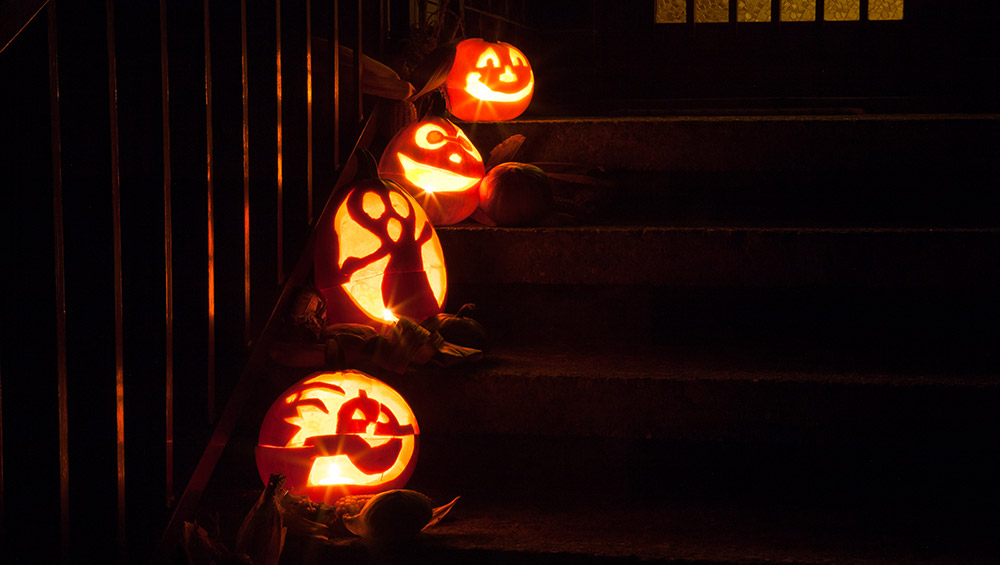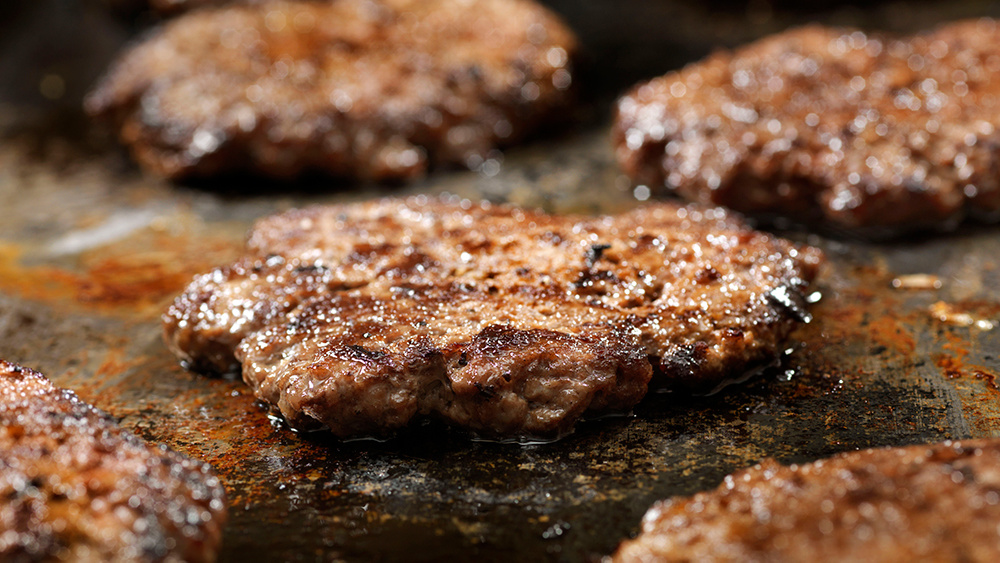The Legend of “Stingy Jack”

 Add to favorites
Add to favorites
Many of you already know I am Irish. My “23 and Me Report” says I’m 92.6% Irish. Now, THAT is a LOT of Irish.
As an adult my favorite holiday became Halloween. My husband and I used to have huge Halloween parties. There’d be 70 to100 people in attendance. We’d have a DJ and dance all night long. During the evening I served up a 13-course meal. (Get it? 13…bad luck number).
There’d be probably 6 or 7 courses of appetizers to choose from that we served in the bar. The main course would be served at midnight and then there were dessert options waiting on the buffet.
We had a blast.
Everyone came in costume and as the years passed the guests got more and more creative. We even had a contest for the best costumes.
For decorating we went all out. The whole house was decorated, and no two years looked alike. I went nuts creating some of the most elaborate carved pumpkins you could imagine. It took me a couple of days, all evening long, to get them just right.
So, what does being of Irish descent have to do with Halloween?
I just read this piece today.
From the fine folks at the History Channel comes the history of the Jack O’ Lantern. I had no idea the origin of carving vegetables with creepy faces is an Irish thing.
Here’s the story:
The Legend of “Stingy Jack”
People have been making jack-o’-lanterns at Halloween for centuries. The practice originated from an Irish myth about a man nicknamed “Stingy Jack.” According to the story, Stingy Jack invited the Devil to have a drink with him. True to his name, Stingy Jack didn’t want to pay for his drink, so he convinced the Devil to turn himself into a coin that Jack could use to buy their drinks. Once the Devil did so, Jack decided to keep the money and put it into his pocket next to a silver cross, which prevented the Devil from changing back into his original form.
Jack eventually freed the Devil, under the condition that he would not bother Jack for one year and that, should Jack die, he would not claim his soul. The next year, Jack again tricked the Devil into climbing into a tree to pick a piece of fruit. While he was up in the tree, Jack carved a sign of the cross into the tree’s bark so that the Devil could not come down until the Devil promised Jack not to bother him for ten more years.
Soon after, Jack died. As the legend goes, God would not allow such an unsavory figure into heaven. The Devil, upset by the trick Jack had played on him and keeping his word not to claim his soul, would not allow Jack into hell. He sent Jack off into the dark night with only a burning coal to light his way. Jack put the coal into a carved-out turnip and has been roaming the Earth with it ever since. The Irish began to refer to this ghostly figure as “Jack of the Lantern,” and then, simply “Jack O’Lantern.”
In Ireland and Scotland, people began to make their own versions of Jack’s lanterns by carving scary faces into turnips or potatoes and placing them into windows or near doors to frighten away Stingy Jack and other wandering evil spirits. In England, large beets are used. Immigrants from these countries brought the jack-o’-lantern tradition with them when they came to the United States. They soon found that pumpkins, a fruit native to America, make perfect jack-o’-lanterns.
So, there you have it. As you carve your pumpkins this year you have a story to tell your kids, your grandkids, or anyone else who will listen.
I might try carving a turnip this year?
Cheers,

Nothing found.
Smash Burgers
Featured Posts,ZSpecialties,Recipes,ZS-5 Ingredients or Less,ZReboot
Smash burgers are all the rage. Step into a brew pub and you’ll likely find a smash burger on the food menu. These are NOT the huge, 8oz burgers we’ve been fed in the past. These are a thinner burger…
Nothing found.
Chives
My chives were the first thing to come up in my herb garden every year. As soon as the snow melted I could see their little heads popping up through the soil. By the time it was warm enough to…
Potatoes and the Glycemic Index
Zola Blog,Carbohydrates,Featured Posts
Enjoy potatoes in moderation and use these hints to make healthier choices.





